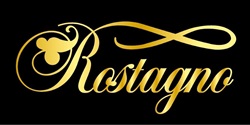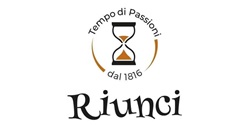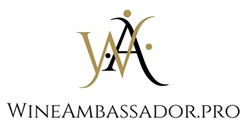FOCUS OIV 2023 highlights the Rise of White Wines and a Decline of Reds
PARIS – In the ever-evolving landscape of global wine consumption and production, a significant shift has been observed, marking a departure from traditional preferences. The International Organisation of Vine and Wine (OIV) recently highlighted these changes on a special report and at the “Wine Paris & Vinexpo Paris” event, where it was revealed that white wines, propelled by sparkling varieties, have overtaken red wines in both production and consumption.
This trend reflects a broader shift towards beverages with lower alcohol content, which are finding favor for their easy drinkability and appeal, particularly among younger consumers who are moving away from viewing wine with the reverence it once commanded. This movement has led to a notable increase in the consumption of white and rosé wines over the past two decades, with Italy witnessing a 10% rise in white wine consumption and a 15.4% increase in rosé, while red wine consumption plummeted by 30.6%.
Driving this transformation is the global phenomenon of Prosecco, which has significantly boosted Italy’s “white wave”, in contrast to France, where rosé wines are gaining ground. The decline in red wine production in Europe is being partially offset by non-European countries like Chile, Argentina, Australia, the United States, and South Africa, all of which are experiencing positive growth trends.
In 2021, the production of white wine globally reached 130 million hectoliters, accounting for 50% of total wine production, while red wine represented 42% with 110 million hectoliters. The remaining 8% was made up of rosé, amounting to 21 million hectoliters. This represents a significant decline in red wine production, down 25% from its peak in 2004, with demand also falling, especially in traditional European markets such as Germany, France, Italy, and Spain.
Conversely, the demand for white wine has surged globally since 2000, with production surpassing that of red wine by 2013. This growth is largely attributed to sparkling wines and countries like the USA, Italy, South Africa, and Australia. France and Spain, meanwhile, have maintained a stable production level since the start of the century.
The United States has emerged as the leading consumer of both white and red wines in 2021, with a total consumption of 33.1 million hectoliters, representing 14.1% of global wine consumption. This includes 11.5 million hectoliters of red wine, 18.3 million of white, and 3.2 million of rosé, with all categories seeing an increase since 2000.
Italy, stood out as the second-largest wine market globally, with significant consumption of white (14.2 million hectoliters) and rosé wines. This shift in preferences indicates a broader change in the wine world, with traditional reds losing ground to whites and rosés, reflecting changing consumer tastes and the influence of global trends on wine production and consumption.










